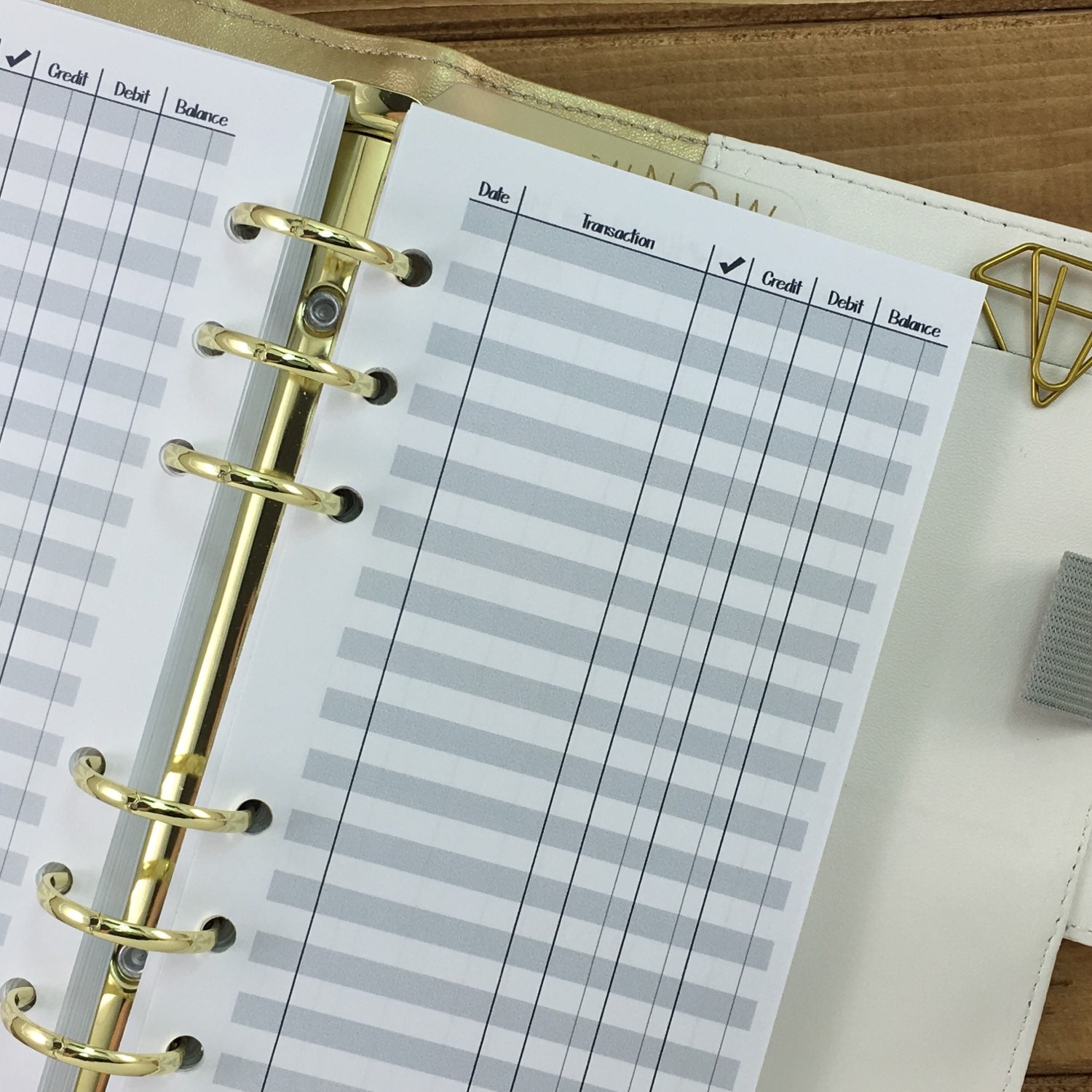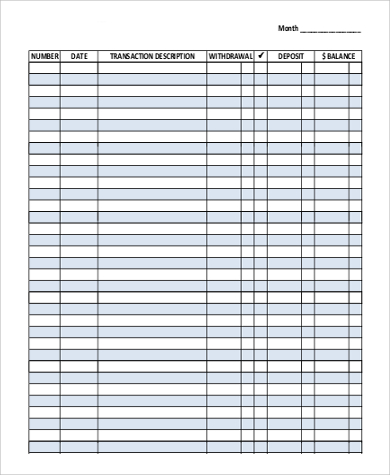

Put a checkmark next to items that appear on your account statement.

Once a month, sit down with your checkbook register and compare it to your account statement. Any time you add money to your account (a credit), do the same thing, but adding instead of subtracting.


Then, subtract the debit from your balance and write the new balance next to the transaction. Follow a similar process for online bill payments or automatic withdrawals. Whenever you write a check or use your debit card, you write the check number if it’s a check, the date of the transaction, a description of the transaction, and the amount. You write your current checking account balance on the first line. Whatever you use, the process is the same. If you’re looking for something shareable, a Google Sheet that you and your partner share could help with a joint account.
#PERSONAL CHECKBOOK REGISTER ANDROID#
A quick check of an app store shows more than a dozen checkbook balancing apps for both iPhone and Android devices. If you’d like something a little more modern, there are plenty of options. If you always carry a checkbook, the pages in the back can still be an effective check register. It’s much easier to put something you already have to work. Plus, it’s just one more thing to carry around. You could just keep a notepad, but it would be easy to lose. Let’s look at the how’s and why’s of this “ancient” art and what mastering it in the 21st century can do for you.Īt its core, a check register is just a running list of credits and debits (money in and money out). You should! Balancing your checkbook can still do wonders to improve your financial awareness and security. Many consumers don’t even carry a checkbook, which means no register. Most transactions that had been made with a check are now made with a debit card. With modern technology, many people don’t bother to balance their checkbooks any longer. You got a statement once a month, which you would use to double check your work – and the work of your financial institution! You had to document every transaction in the checkbook register for keeping an accurate running balance. Writing one bad check would cost you check-writing privileges at that establishment and possibly land your likeness on a “wall of shame.”īalancing your checkbook was critical, since there was no online account history you could check. Since checks didn’t process instantly, a shopkeeper would have no way of knowing until days after the purchase. Insurance products are not insured by FDIC or any Federal Government Agency not a deposit of or guaranteed by the bank or any bank affiliate.ģ Credit file monitoring may take several days to begin following activation.Thirty years ago, trying to spend more money than you had wasn’t just embarrassing it was a scandal. Coverage is offered through the company named in the Guide to Benefit or on the certificate of insurance. Please refer to the actual Guide to Benefit and/or insurance documents for complete details of coverage and exclusions. Family Members include your spouse, persons qualifying as domestic partner, and children under 25 years of age and parent(s) of the account holder who are residents of the same household.Ģ Special Program Notes: The descriptions herein are summaries only and do not include all terms, conditions, and exclusions of the Benefits described. Benefits are not available to a “signer” on the account who is not an account owner or to businesses, clubs, trusts, organizations and/or churches and their members, or schools and their employees/students.
#PERSONAL CHECKBOOK REGISTER REGISTRATION#
Some Benefits require authentication, registration and/or activation. $100 minimum opening deposit required.ġ Benefits are available to personal checking account owner(s), their joint account owners and their eligible family members subject to the terms and conditions for the applicable Benefits.


 0 kommentar(er)
0 kommentar(er)
